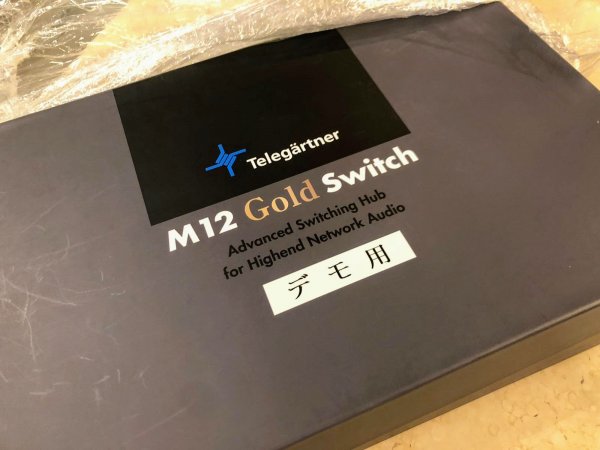Hi Guys.
Thanks for your thoughts.
Questions with your recommendation:
1. SOtM with Clock OR Melco S100?
2. SOtM with sPS 500 PSU OR SOtM with Clock?
Cheers
Hi Razuu,
If you happen to have additional funds to buy more choices, consider a third option - putting the sPS-500s aside, and substituting them with high-quality LPs which do not inject ultrasonic noise back into the AC line to pollute the rest of your system. There are many on the marketplace which you can consider, but basically they incorporate either a toroidal or even a balanced toroidal transformer (containing twice the material) to create a noise-free ground and reject common-mode noise over a very broad bandwidth, before the usual downstream job of rectification, filtering, and outputting a low-impedance, high current, load-invariant and stable DC source.
Here's a piece I posted on the Farad Super3 (a real beauty!) which will give you and idea of what to be looking for in a well-designed DC power supply.
https://www.whatsbestforum.com/thre...ps-by-farad-power-supplies.29931/#post-625247
I'm currently using two SOtM NH-10Gs, powered by two 12V PLiXiR Elite BDC-2A LPs, and one SOtM USBultra, powered by a Farad Super3 LP. The two LAN cables which link the NH-10Gs to my Aurender W20 are SOtM dCBL-CAT7s, and the two USB cables thereafter linking the USBultra to my MSB Select II DAC are the Intona Ultimates.
Of the two sPS-500s which have been substituted and made redundant, I'm using one of them to provide 12V DC two generic network devices (a Huawei optical modem, and a Linksys wireless router) through a Y-cable. I figured that the sPS-500 would be an upgrade to the two wall wart SMPS which came with the devices.
As for my other sPS-500, I'm considering using it to power one of my two current SOtM NH-10Gs, to be placed right ahead of the Linksys wireless modem, when they become obsoleted by a replacement model (Mark II ?) or even the Melco S100, pending an audition. I'm anticipating owning three audiophile-grade network switches, and cascading them strategically to extract the best results.
I've home-auditioned the SOtM OCX10, using three (very expensive) SOtM dCBL-BNC50 clock cables to synchronize all three SOtM devices, but the results were not good, resulting in a greyness and hardness to the sound. My belief and understanding is that any external clocking device implemented through the unavoidable forest of conductor, connector, and shielding variables will do more harm than good, being inferior to the onboard clock, because significantly more jitter will be introduced. This conclusion is not surprising to me at all, and I have yet to see any sellers of "outboard clocks" provide objective data to support the contrary.
https://www.soundonsound.com/techniques/does-your-studio-need-digital-master-clock
Fortunately, I'm able to take advantage of the aforementioned architecture designed into my MSB DAC to use the Femto 33 as the master clock to slave packets of data through the ProUSB, a very clever and innovative outboard USB-to-optical module unique to MSB. I think the ProUSB and the ProISL DAC input module is the Golden Standard which no other manufacture so far has been able to even come close to emulating, endowing MSB Technology a huge competitive edge. The company continues to delight me with their innovative products which my modularized Select II DAC can incorporate to improve its already peerless performance.
https://www.msbtechnology.com/accessories/prousb/










